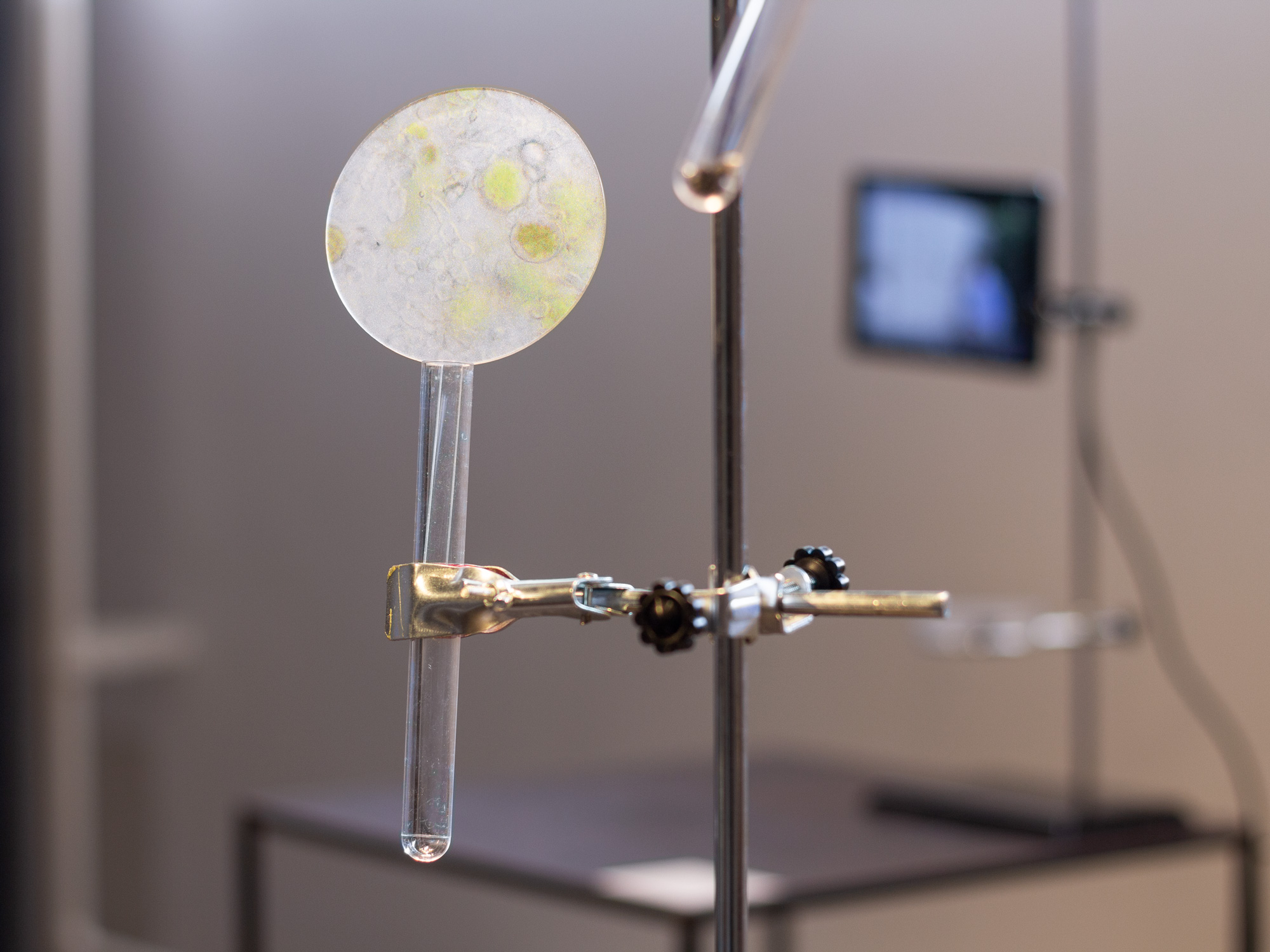Thursday, 25.5. at 14.00
lecture
Slovak Chamber of Architects
18 SNP Square, 811 06 Bratislava
language: slovak + english
Introduction to the topic:
We rarely notice stains or spots on the facades of buildings, and most of the time we do not even notice how they gradually change their colour. However, if we look closely enough, we find that the stains on building facades are actually a thin organic layer, called biopatina, which naturally forms on all architectural surfaces as a direct result of the interaction of the surface material with the environment. This talk will introduce the thin layer of microorganisms on architectural surfaces, a phenomenon we call epidermitecture, in order to address the ecological challenges inherent in one crisis, that of perception. The long-term placing of humans at the centre of everything that happens is a tendency that stems from Western philosophy and the modernist movement but has dramatically affected the way we perceive and inhabit the world. While many recent works in art and architecture related to climate change primarily focus on the modification of ecosystems, epidermitecture seeks to find solutions directly from nature and our interactions with it.
 Projekt Epidermitektúra, Vila Tugendhat Brno, február – apríl 2023. Foto Jan Urbášek
Projekt Epidermitektúra, Vila Tugendhat Brno, február – apríl 2023. Foto Jan Urbášek
Speakers:
Adam Hudec
Researcher, architect and activist
Adam Hudec, a graduate of the Academy of Fine Arts in Vienna and the Faculty of Architecture at the Brno University of Technology, is currently a PhD student at the Academy of Fine Arts in Vienna. His interdisciplinary research focuses on material processes in the environment, and his interdisciplinary methodologies operating at the intersection of art, science and architecture have become a tool for exploring unexpected and hidden environmental anomalies. Adam's mission is to articulate issues related to environmental, social, political and ethical concerns while pushing the challenges and boundaries of the discipline. His projects have been featured in various international exhibitions including the Bi-City Biennale in Shenzhen (2019), Design Biennale BIO 26 in Ljubljana (2019) and the Venice Architecture Biennale (2022). From 28 February to 30 April, he presented his project Epidermitecture at Villa Tugendhat in Brno.
Duha Samir
architect and activist
Duha Samir is dedicated to the intersection of art, architecture and research in various ways. She studied architecture at the Academy of Fine Arts in Vienna. Her areas of research and interest include landscape forms, technologies, critical spatial and social practices, methodologies of urban and data surveillance in the post-anthropoetic era. She is co-founder of the Dusts Institute, a research platform in Vienna. As coordinator she worked on the project "#occupygezi architecture" , which was exhibited at the 2nd Istanbul Design Biennial, Salt Istanbul, V&A Museum London, MAXXI Rome and ngbk Berlin. These projects have become part of the permanent collection of The Art Institute of Chicago, Department of Architecture and Design.
Tomáš Tichomirov
co-founder of the Dusts Institute
Tomas Tichomirov is a historian, initiator and administrator of the Dusts Institute, an interdisciplinary research platform based in Vienna. The Dusts Institute proposes to focus our discussion on the places we inhabit and our relationship with other forms of life. The long-term goal is to develop a dialogue about ecological challenges and turn them into opportunities that will actively influence our lives and the life of the community. As of 2019, Dusts Institute's activities are represented by pop-up interventions in public spaces, workshops, perfomance and educational sessions, using collective tools and devices developed in-house at Dusts Institute, exhibited in various biennials and exhibitions around the world.
Supported by:
